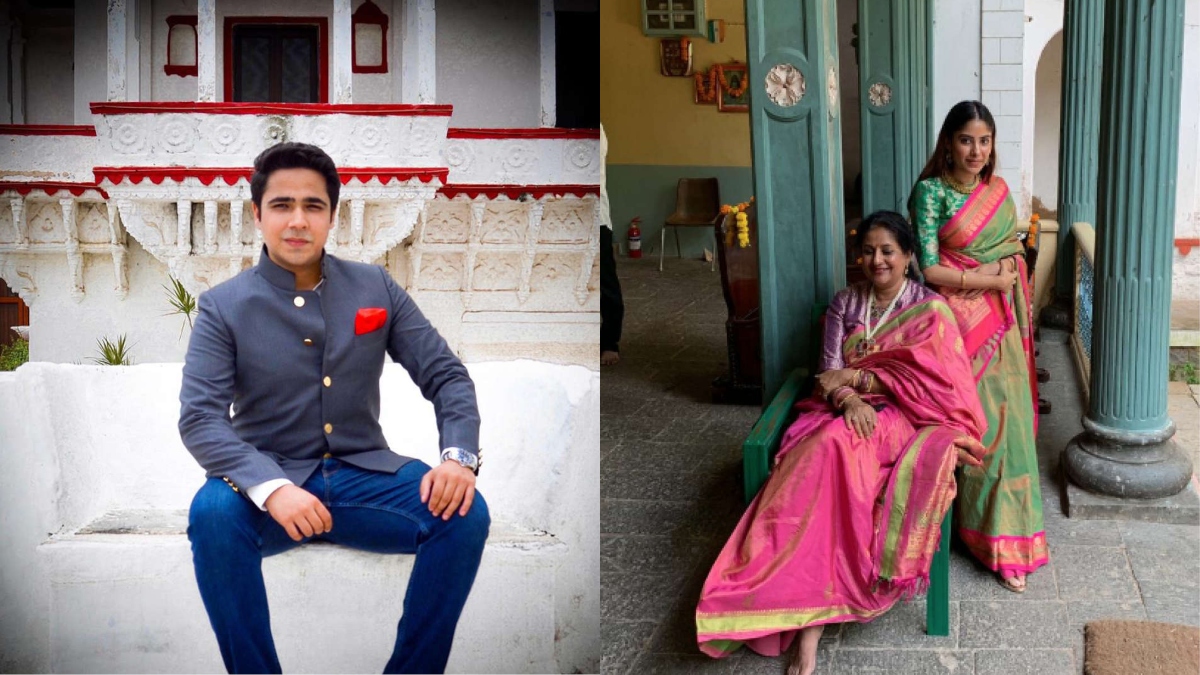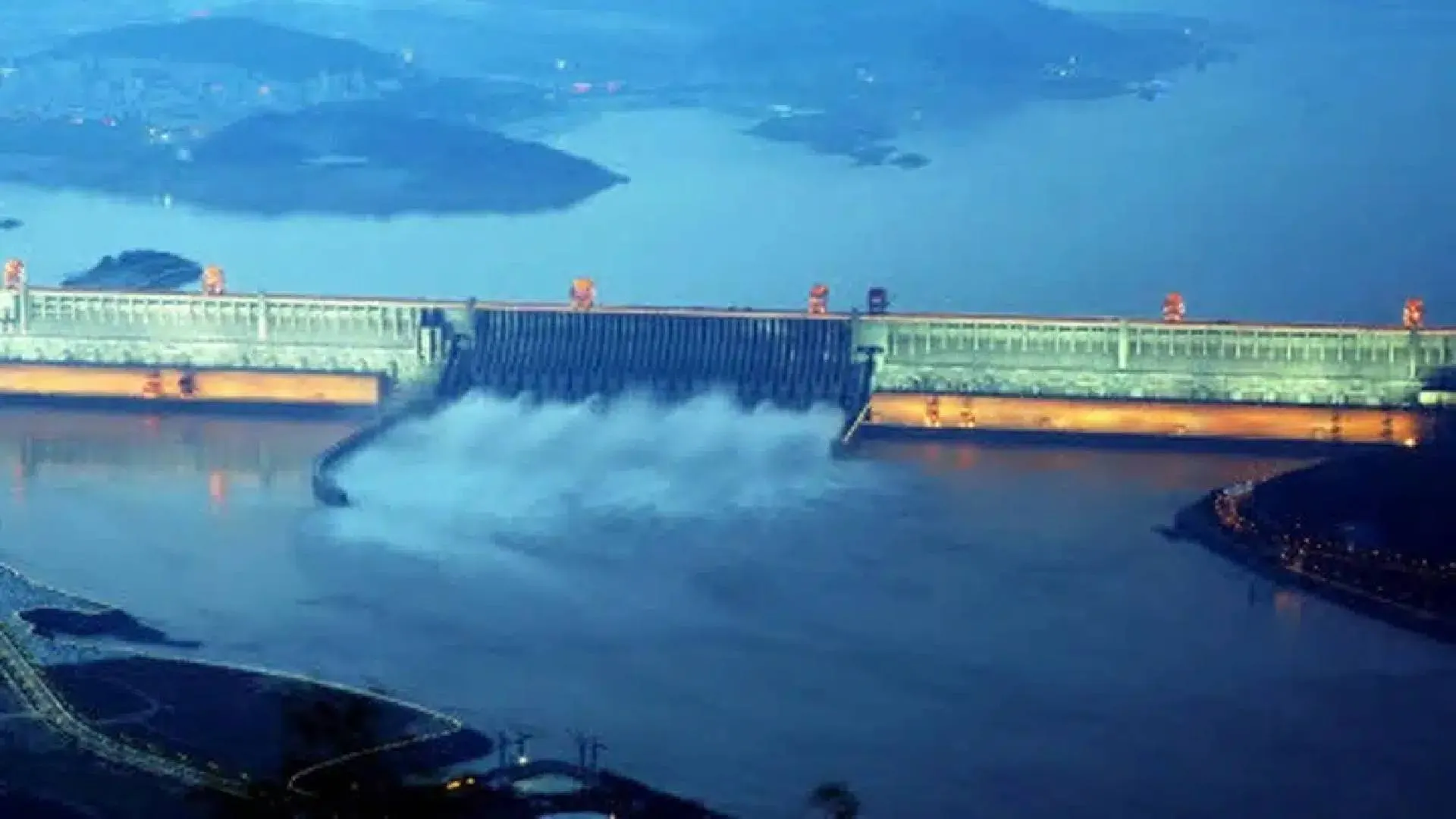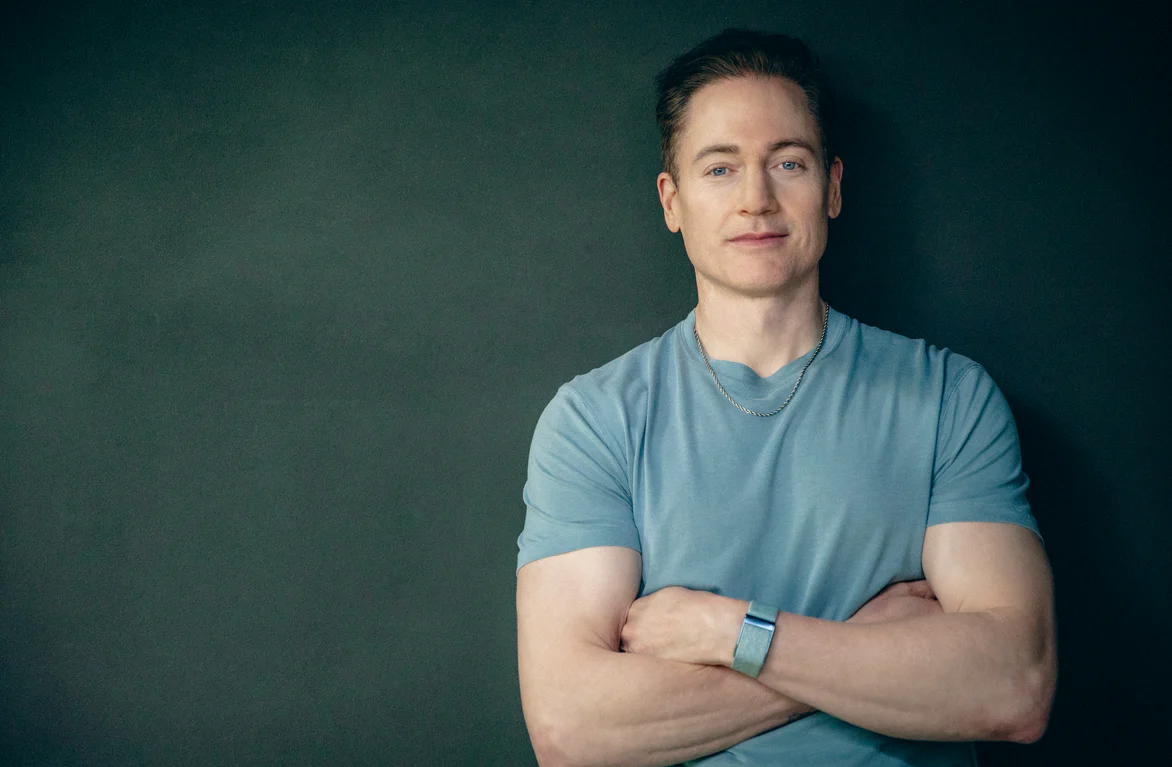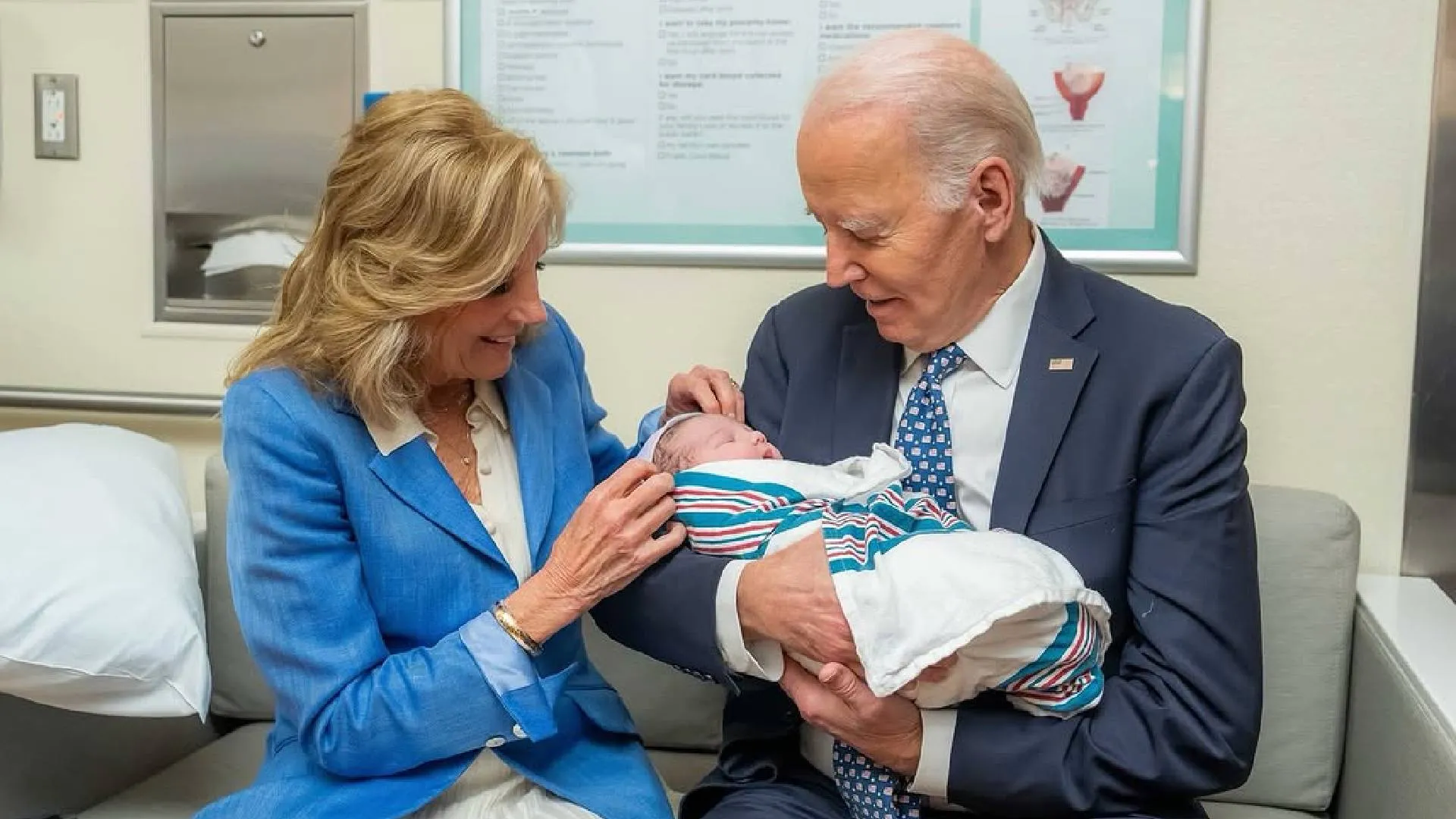With Diwali festivities taking over the country, we had a chat with the young scion of the Bera family to know about how the family celebrates the festival in the Jawai region of Jodhpur. From there we travelled to Indore, in the heartland of India, to talk to the zamindars and the oldest royal family of the city. Then on to Odisha, where Meenal Singh Deo shared how their puja centres on Goddess Kali.
YADUVEER SINGH BERA
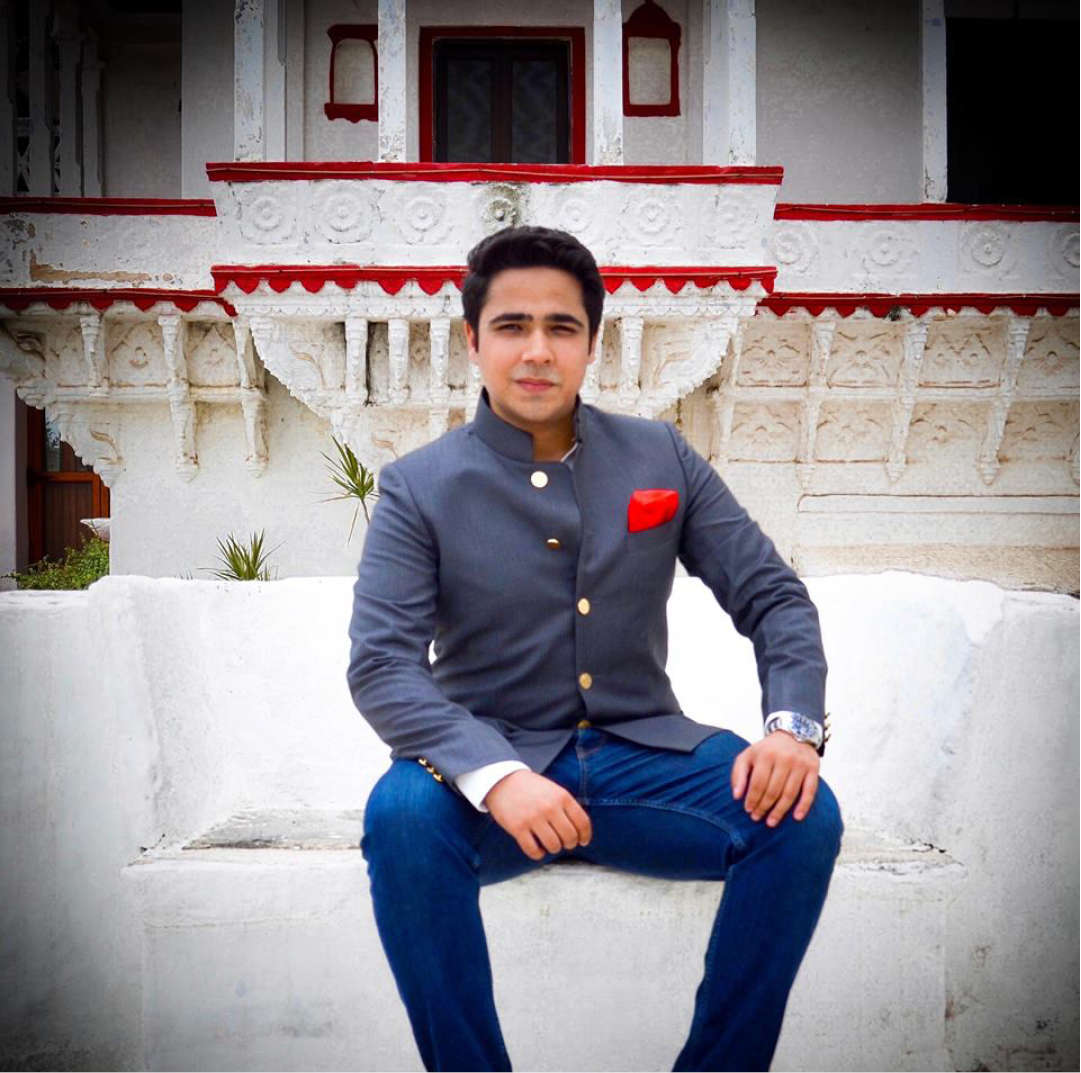
Diwali is an extremely auspicious time of the year for us, as we prepare by deep cleaning and decorating our heritage home, which we also run as a home stay. Hence, it makes our role as conservationists even more essential. We are responsibly impacting the community and our guests, simply so that they can value and understand the special connection that Rajput families like us create between the past and the present. We illuminate the interior and exterior of our Rawla (castle) with diyas and beautify with rangolis, and perform Lakshmi Puja for the goddess of prosperity and wealth.
For us, it is typically a five-day-long festival, with Dhanteras marking the first day. Bringing in the New Year, we partake in family feasts, where mithai (sweets) and gifts are shared with friends, family and locals. Diwali is also a major cultural event for us as we are devotees of Shri Ramji Bavji and Bhavan Shri Krishna and Radha Raniji. On Dhanteras, it is customary to purchase gold and utensils.
The second day is Naraka Chaturdashi. But the main day of Diwali is on the third day, the day of Lakshmi Puja and the darkest night of the month of Kartik. The family Brahmin performs the puja according to the auspicious time. Daan punya (charity) in the form of food grains and clothes is also done. The day of Lakshmi Puja is a day to be home with family. The day after is marked as the last. For us, it is the day of “Rama Shyama”. The male members of the family wear turbans and are seated in a baithak, waiting to personally receive each person from the village who comes to wish us a happy new year.
Gowardhan Puja is done by first worshipping and then holding the tail of a cow and crossing a little customary river made only for this puja. Annakut occurs on the first lunar day (bright fortnight) of our Hindu calendar month of Kartik, which is the next day of Deepawali.
It is a very big celebration for us as we offer a huge variety of vegetarian delights to Shri Ramji Bavji and Bhavan Krishna and Radha Raniji. We have a large gathering as it is a special day and a tribute to our gods (masters).
We also celebrate Bhai Dooj on this auspicious day. We perform the Vishwakarma Puja by carrying out maintenance work in our workspaces and offering prayers. As you are aware of our safaris, equipment like cameras, jeeps and binoculars all bring home a fortune, hence, maintenance and care are important. On this day, we fix things and prepare for the season.
The history of Bera begins with the worship of Lord Vishnu followed by Krishna Bhavan and then Ramji Bavji. There have been different eras of incarnation worship. Culture, religion, faith and warm hospitality are natural for us and they are at a peak during Diwali. Maa Lakshmiji blesses our home with loads of happiness, wealth, good health and new connections.
MADHAVI MANDLOI

Traditionally, we have Diwali celebrations starting from Dhanteras. We have a small room in the Rawala, which is only opened for Diwali pujan. We worship a Shri Yantra, which is taken out only on Dhanteras. Two chowmukhi diyas are placed for the puja. The older couple in the Rawala performs puja. No kapur puja is done as the puja starts on this day and continues till Diwali. Diyas are lit and their numbers keep on increasing till Bhai Dooj. Sweets are made by the ladies of the house to propitiate Goddess Lakshmi. Every day, new sweets and savouries are offered, especially on Nark Chaturdashi. On Diwali, we do puja in the Radha Krishna Mandir in the Rawala.
Ghee diyas are lit after the puja performed by the Rao Sahab. Diyas are then placed in a straw ‘supdi’. These diyas are carried around and placed at special places in the Rawala by the Rani Sahiba. The Lakshmi Pujan is then performed by the Rao Sahab at the Gadi in the Darbar Hall.
The next day is Annakoot. On this day, the ladies of the house make chhappan bhog for the deity and the entire food is carried to the mandir after sprinkling water on the way to make it shuddha (pure). Meanwhile, the cattle in our village are decorated with mor-pankha and mehndi designs. After bhog is offered to the lord, the gopujan is done. The cows are given poori and imarti, and the cowherds are also fed. The Rawala gate has traditional gowardhan made outside by ladies, who come especially for this purpose every year and to do leepan with cow dung. Since this day is also suhag padwa, younger people come to take blessings.
The festival is completed by observing Bhai Dooj the next day.
MEENAL SINGH DEO
Our Diwali has three important rituals. We invite our ancestors down to bless us on Mahalaya before Dusshera. It is on Diwali evening, and we have a havan to pay homage to them and see them off. It is ritualistically done by lighting jute stalks as mashaals and holding it up towards the sky.
On Diwali, we also perform a Kali puja, which is common in Eastern India (especially in Bengal), to destroy evil and egoism and pray that justice may prevail.
We also perform the ‘Alakshmi’ puja, in which misfortune, bad luck and evil are removed from the house symbolically by throwing out broken earthenware, worn out baskets and other broken utensils and objects. After that, a cracker or two are burst with a bang. This is done on the day after Diwali to ward any other evil.
Our Diwali celebrations, like most other places, also have a rangoli or chiita, which is made using rice flour batter. The house is lit with lights and oil lamps. Odisha is also famous for its crackers, made locally using palm leaves and terracotta.

